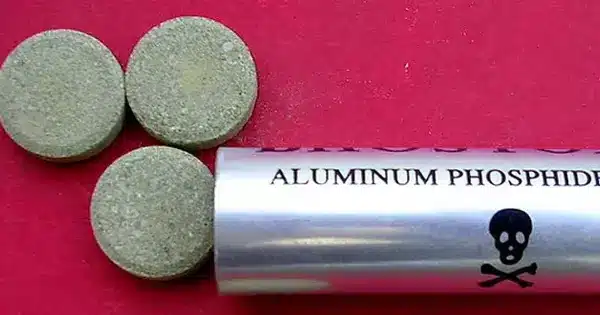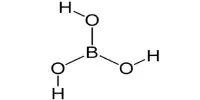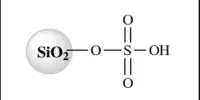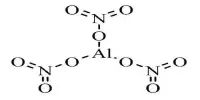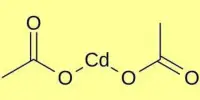Aluminium phosphide (AlP) is a highly toxic inorganic compound that is used as a fumigant to kill pests, such as rodents and insects, in stored grain and other agricultural products. This colorless solid is generally sold as a grey-green-yellow powder due to the presence of impurities arising from hydrolysis and oxidation. AlP reacts with moisture in the air and in the gastrointestinal tract to produce phosphine gas, which is a powerful respiratory toxin that inhibits the uptake of oxygen in the body.
It is an inorganic compound that is widely used as a fumigant for stored grain, as well as for controlling pests in soil and structures. AlP reacts with water, acids, and other chemicals to release highly toxic phosphine gas, which is extremely flammable and can cause severe respiratory and neurological damage.
Properties
- Chemical formula: AlP
- Molar mass: 57.9552 g/mol
- Appearance: Yellow or gray crystals
- Odor: garlic-like
- Density: 2.85 g/cm3
- Melting point: 2,530 °C (4,590 °F; 2,800 K)
- Solubility in water: reacts
- Band gap: 2.5 eV (indirect)
- Crystal structure: Zincblende
Preparation
AlP is synthesized by combination of the elements:
4Al + P4 → 4AlP
Caution must be taken to avoid exposing the AlP to any sources of moisture, as this generates toxic phosphine gas. Phosphine also poses fire hazards, as it is a dangerous pyrophoric compound, igniting easily in air.
Application
AlP is classified as a restricted-use pesticide and can only be applied by certified applicators who have been trained in its safe use and handling. It is important to follow all safety precautions when using AlP, including wearing protective clothing and respiratory equipment, and ensuring that the area is properly ventilated. In addition, AlP should never be used in residential or indoor areas, as it can quickly become lethal in confined spaces.
Some of the applications of aluminium phosphide include:
- Fumigation of stored grains and agricultural produce: AlP is widely used to fumigate stored grains such as wheat, rice, and maize, as well as other agricultural produce, to control pests such as weevils, beetles, and rodents.
- Control of pests in ships and other transport vessels: AlP is also used to control pests in ships and other transport vessels that carry goods, especially food items.
- Control of pests in buildings: AlP is used to control pests such as rodents, termites, and cockroaches in buildings, particularly in grain storage facilities and other areas where food is stored.
- Control of pests in soil: AlP is used to control pests in soil, particularly in greenhouse agriculture.
Health hazards
AlP is extremely hazardous to human health and can cause acute poisoning if ingested, inhaled or absorbed through the skin. Symptoms of AlP poisoning include nausea, vomiting, abdominal pain, respiratory distress, cardiac arrhythmia, convulsions, and coma. The effects of AlP poisoning can be fatal, and there is no specific antidote for AlP toxicity.
